Spraying fresh produce with clean water can remove soil and debris while avoiding the risk of cross-contamination posed by dunking produce in a tank of water. Spraying is well suited to crops such as bunched beets, carrots, leeks, and radishes. Produce is typically sprayed using a hose and nozzle aimed at a spray table that allows the passage of water while supporting the produce.
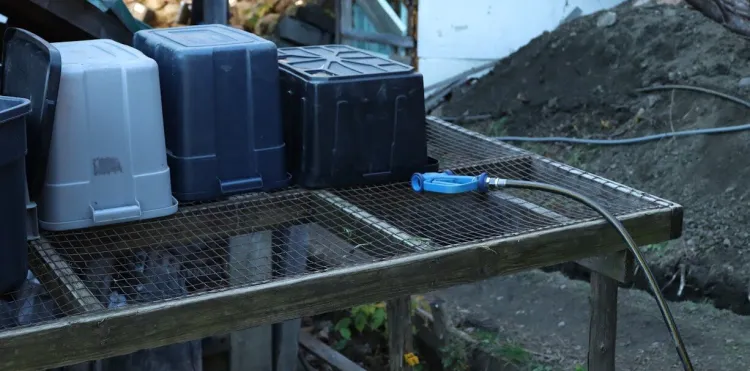
Design Goals
- Spray table is sturdy and easy to use and clean.
- Spray pressure can be adjusted to remove soil and debris without damaging produce.
- Spray water back splash is minimized.
- Spray water drains quickly and completely away from spray table.
- Good light improves produce inspection and quality control while spraying.
- Farm employee comfort is optimized while spraying.
Design Elements
- Spray hose and nozzle are made of food grade materials and easily inspected and cleaned.
- Spray hose is attached to hangers or hooks to keep it suspended above the table.
- Water flow is easy to initiate, using a half turn valve or a hands-free foot pedal.
- Spray table is stable. It is made of smooth, non-porous material such as stainless steel or durable plastic. Wood or galvanized steel are not used due to rough surfaces and deterioration with use.
- Spray table is about 36 inches high, 24 inches deep, and 4 to 8 feet long.
- Bumpers / plastic splash guards placed along table edges prevent produce from falling off and direct spray water towards drainage.
- Natural light or full spectrum LED light support visual inspection of produce for quality control.
- Spray water drains to a floor drain, or to a sloped floor, and into a tank or to an outside sod-covered swale or other drainage system (NOT into surface water).
- Sediment build-up on the floor is prevented by periodic removal, using a shovel catchment or trench drain, or by allowing sediment to dry and sweeping it off landscape fabric.
- Farm employee protective clothing (waterproof bibs, jacket, gloves) is provided along with a clean, dry location for clothing storage.
Benefits
- Spraying fresh produce can improve the quality of crops by removing soil and debris, without creating risk of cross contamination from wash water.
- Unlike dunk tanks, directed high-pressure spray can remove caked-on dirt and effectively penetrate produce surfaces that may be hard to reach, such as bunched foliage.
- Well-designed spray tables, hose systems, and access to protective clothing supports employee comfort when spraying fresh produce.
Photos
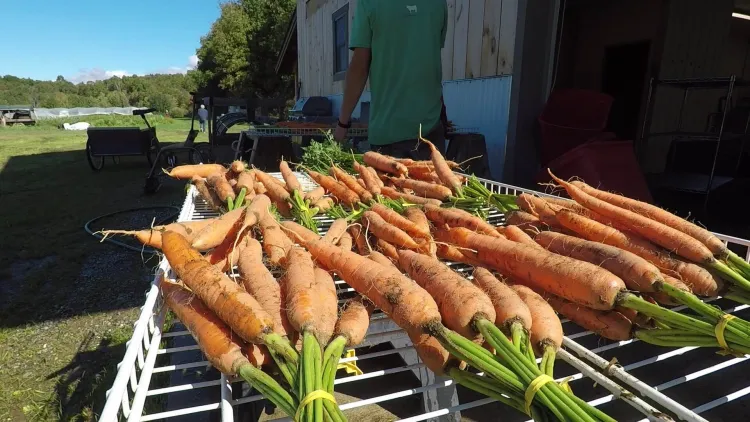
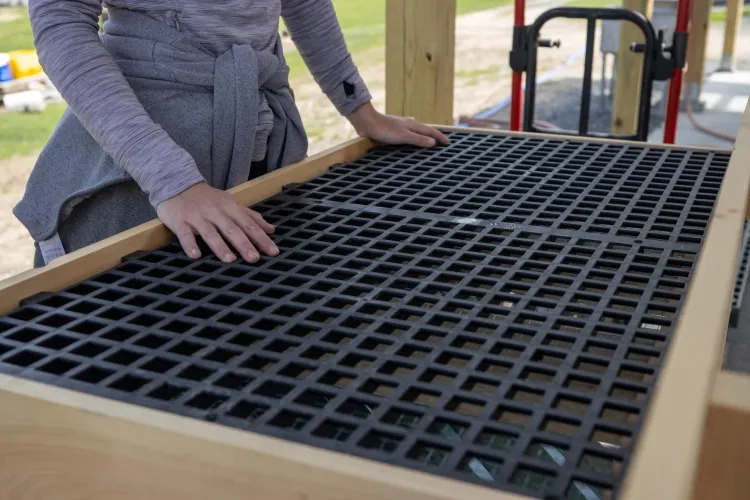
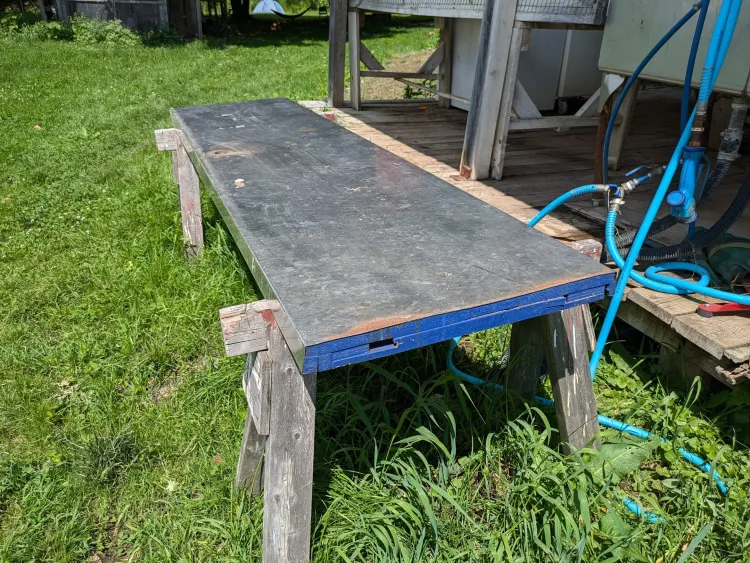
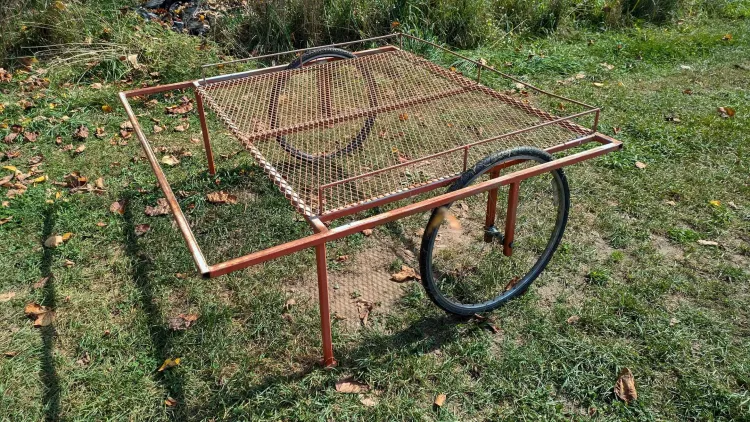
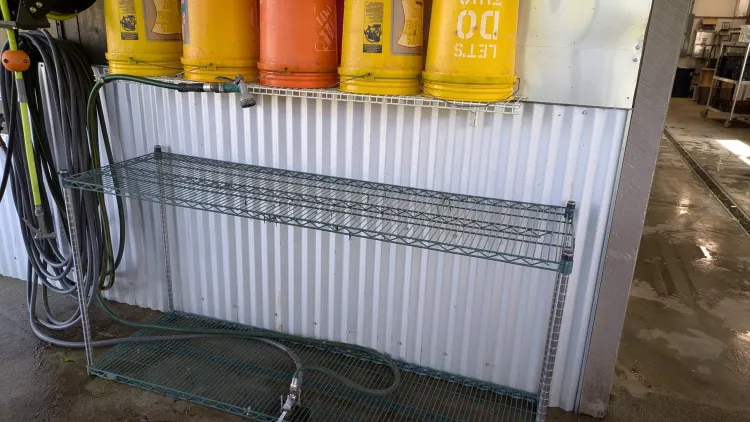
Authors: Hans Estrin and Vern Grubinger, UVM Extension
This work is supported by the Food Safety Outreach Program Name, project award no. 2023-70020-40688, from the U.S. Department of Agriculture’s National Institute of Food and Agriculture. Any opinions, findings, conclusions, or recommendations expressed in this publication are those of the author(s) and should not be construed to represent any official USDA or U.S. Government determination or policy.
